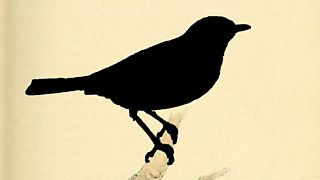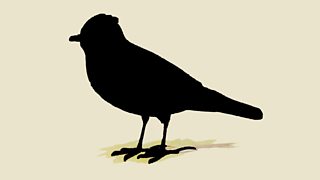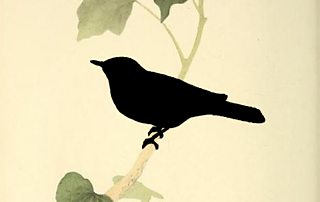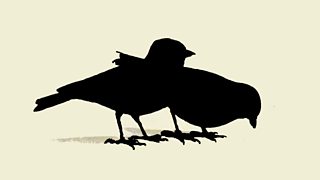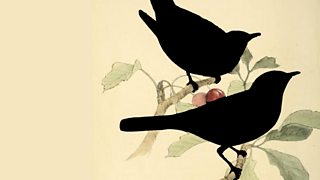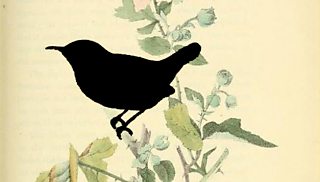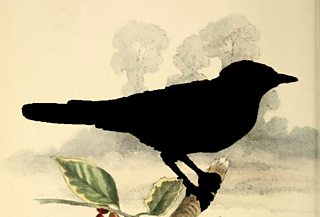Quiz: How well do you know birdsong?
In Nightingale Nocturne, Radio 3 went down into the Sussex woods by night to play music with nightingales. Grab some headphones to test your knowledge of the natural world (and perhaps learn a thing or two) with our relaxing Slow Radio quiz.
Listen to each clip in turn to see how many birds you can identify from their song alone... don’t worry, we’ve left some clues along the way. Answers are revealed in the drop-down boxes below the clips.


1. Can you identify the bird from its song?
The first of eight questions in a very relaxing Slow Radio quiz.
Reveal answer
It's a robin, of course! The robin's vibrant red breast is a familiar sight in gardens and on Christmas cards.
Both male and female robins (which look the same) sing all year round, to defend their territory and find a mate. They only stop for a short period in late summer, when they moult and become more inconspicious than usual.
Robins are one of the first birds to start singing in the morning, and actually have two different songs (autumn and spring), of which the spring is more upbeat in tone.

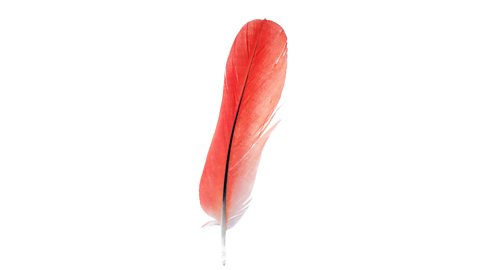
2. Can you identify the bird from its song?
The second of eight questions in a very relaxing Slow Radio quiz.
Reveal answer
This is the beautiful, busy song of the skylark – celebrated by Percy Bysshe Shelley in his poem To a Skylark ("Hail to thee, blithe Spirit!") and by Ralph Vaughan Williams in The Lark Ascending. The male birds' territorial displays, high overhead, can last up to five minutes.
Skylarks can be found all over Europe and in the temperate zone of Asia. However, their numbers have declined by more than 50% over the last 25 years, as a result of increased intensive farming methods.

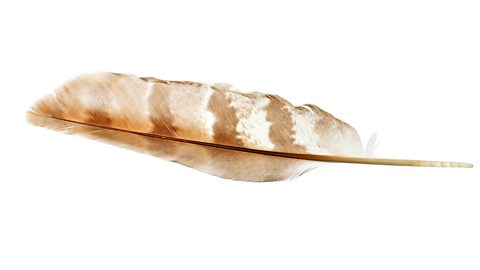
3. Can you identify the bird from its song?
The third of eight questions in a very relaxing Slow Radio quiz.
Reveal answer
It's a nightingale! Odds are that you've never seen one – they're shy, secretive birds who prefer to sing from the safety of a secluded area (for example, the centre of a bush). Nightingales winter in Africa, but some visit the UK (mainly the south east) during spring and summer to breed and nest.
This month, a new Slow Radio programme on Radio 3 sees musicians venture into the woods at night to make music with the nightingales, creating a series of completely new, nature-inspired compositions. Listen overnight on 6 May 2018 and afterwards on the Radio 3 website.

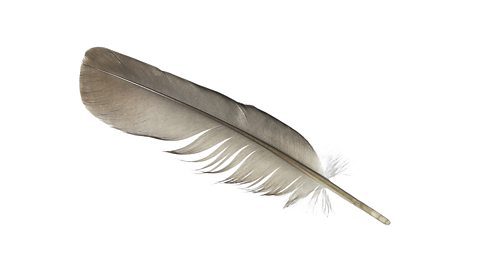
4. Can you identify the bird from its song?
The fourth of eight questions in a very relaxing Slow Radio quiz.
Reveal answer
It's a chiffchaff! The name comes from its simple, cheerful song, which sounds like a repetitive "chiff chaff! chiff chaff!".
These cute and dumpy little birds can be heard all year round in the UK, but most of them flit off to Europe, Asia and Africa in the autumn for the warmer temperatures and all-you-can-eat mid-air insect buffets.

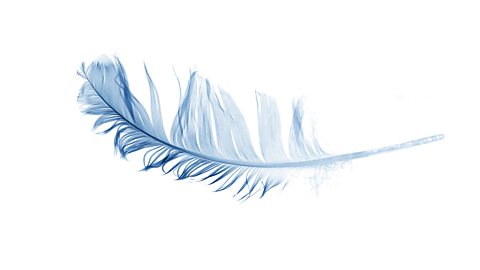
5. Can you identify the bird from its song?
The fifth of eight questions in a very relaxing Slow Radio quiz.
Reveal answer
It's a chaffinch! The species' name comes from "chaff", the seed husks commonly fed to working horses that cheeky chaffinches would hop around to hoover up.
Chaffinches were very popular pets in Victorian times due to their excellent singing voices: a male can repeat his song up to 3,000 times a day. However, since it was also believed that sightless birds made the best singers, some owners deliberately blinded their pets with needles to encourage them.
Trapping chaffinches for sale as caged bird was outlawed in 1896. Today, they're one of the UK's most hardy and perennial singers, with a loud song and wide variety of calls.

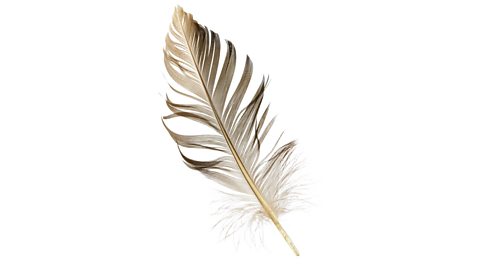
6. Can you identify the bird from its song?
The sixth of eight questions in a very relaxing Slow Radio quiz.
Reveal answer
It's a blackbird, of course – one of the UK's most common and well-loved birds and the partial inspiration for The Beatles' Blackbird.
If you hear a blackbird singing in the dead of night, however, it's more likely to be the result of artificial lighting keeping it awake and alert while other species snooze.

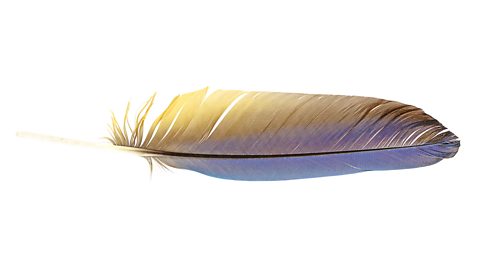
7. Can you identify the bird from its song?
The seventh of eight questions in a very relaxing Slow Radio quiz.
Reveal answer
It's a wren! Wrens are the UK's most common bird, with around 8.5 million breeding pairs. However, given their diminutive stature, you're far more likely to hear wrens than see them. The best time to listen is at dawn, when males face off with each other to defend territory and attract a mate.
Wren Day (or Lá an Dreoilín) is still celebrated in some parts of Ireland, Wales and Isle of Man on 26 December, St Stephen's Day. Historically, this involved a group of boys parading around with a dead wren mounted on a pole as revenge for its song – which, according to folklore, revealed St Stephen to his enemies when he was in hiding. Today, though, the wren is always fake and more celebrated than blamed.

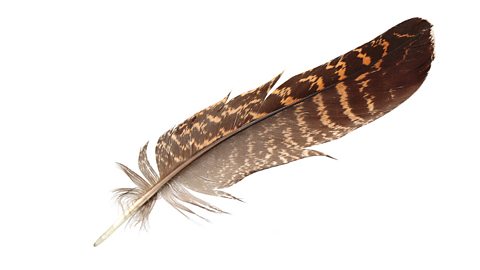
8. Can you identify the bird from its song?
The eighth and final question in a very relaxing Slow Radio quiz.
Reveal answer
It's a song thrush! Song thrushes are one of the most musical birds around, with a personal songbook that contains more than 100 distinct phrases. They're big fans of repetition, and each bird's song grows more rich and complex as they acquire experience. What's more, they're capable of mimicking sounds around them.
Like chaffinches, song thrushes made popular pets in the past because of their melodious singing voices. West Brom have featured a song thrush (or "throstle") in their emblem since the 1880s, when the team frequented a pub that kept one in a cage. A caged song thrush was brought to games as late as the 1930s, and was said to sing only when Albion were in the lead.

